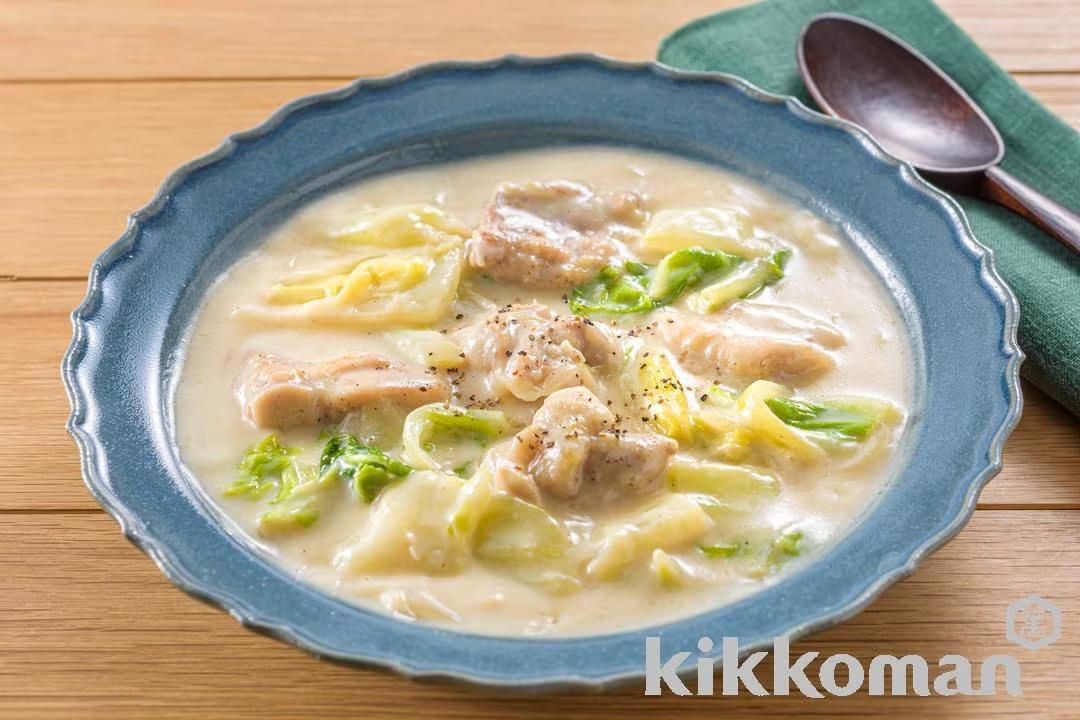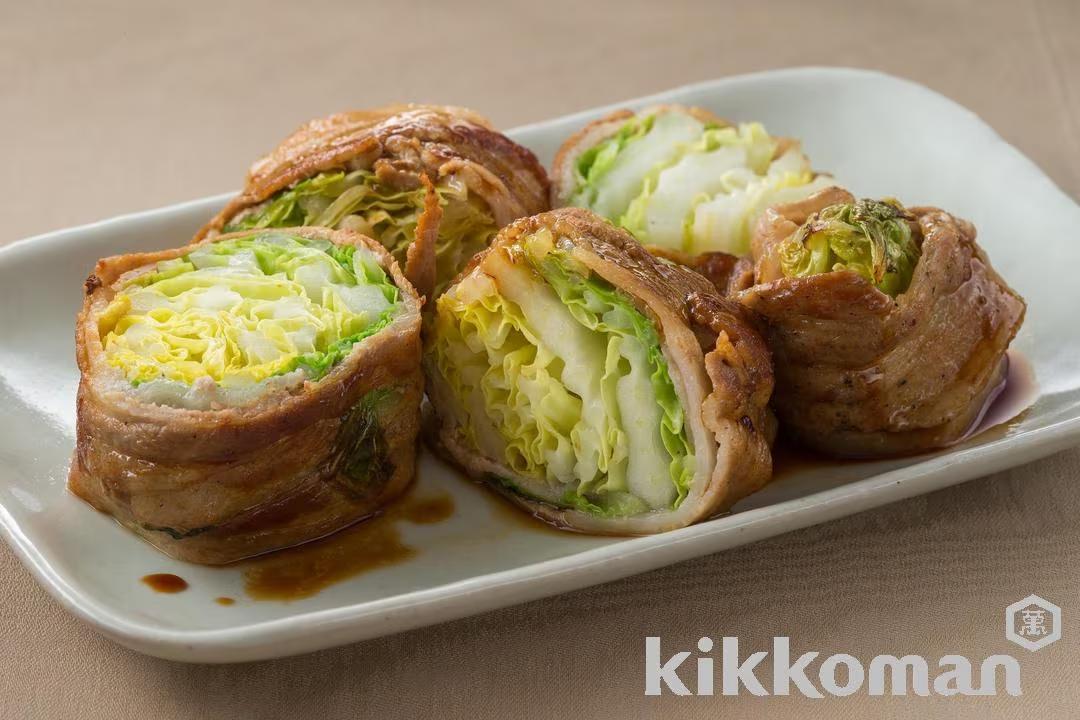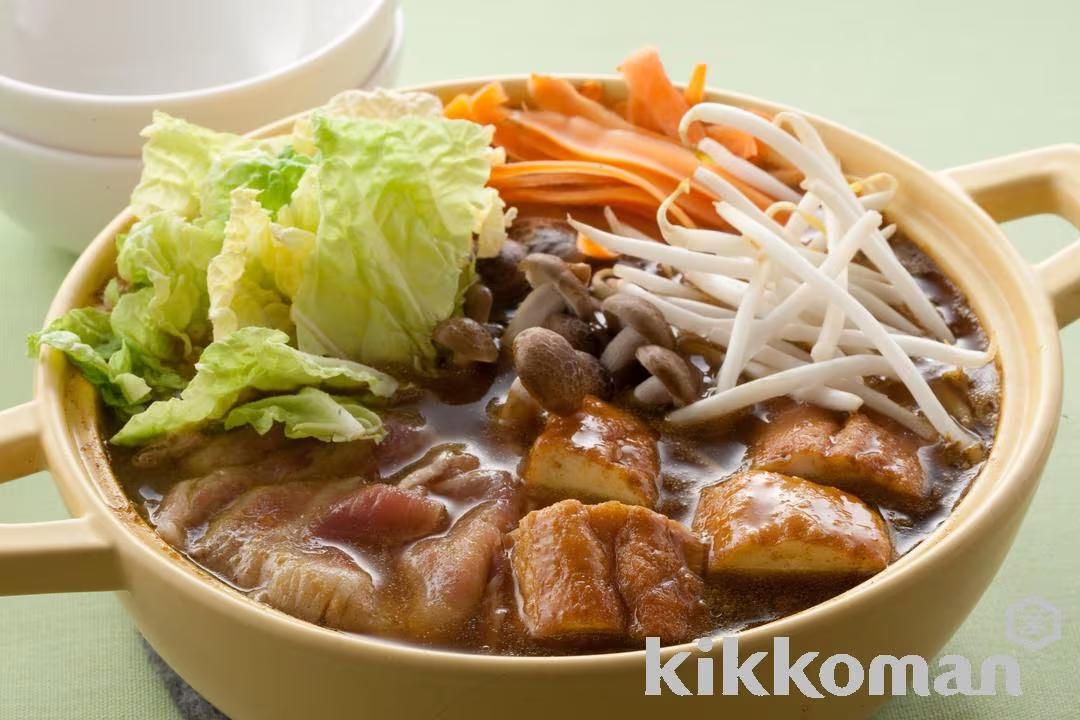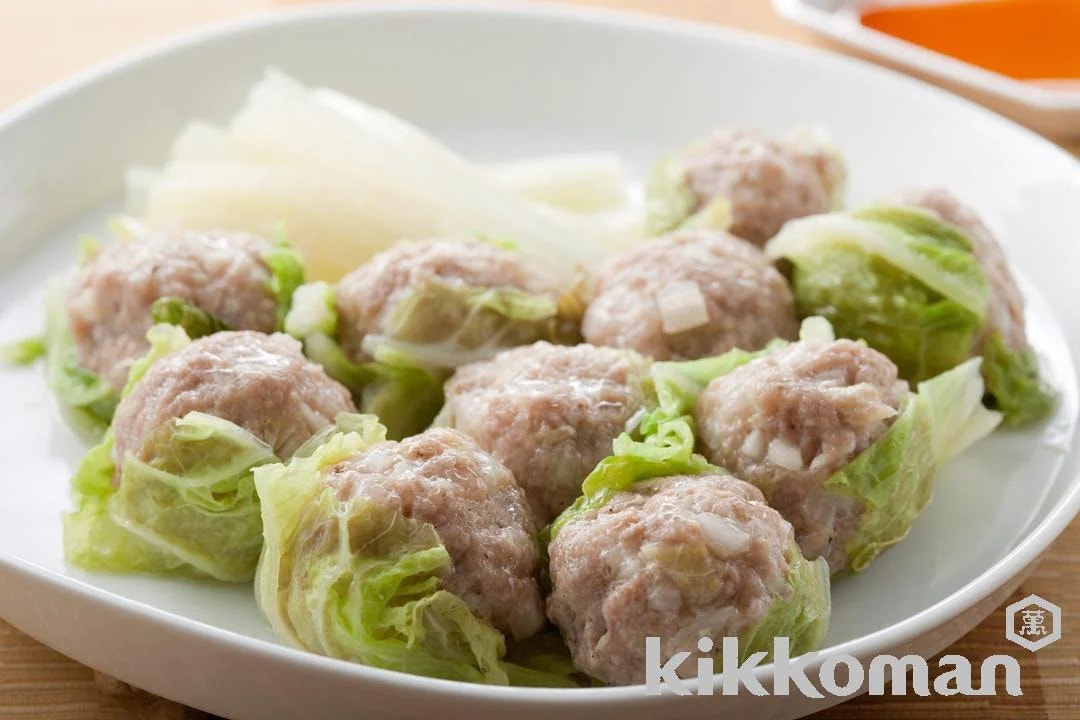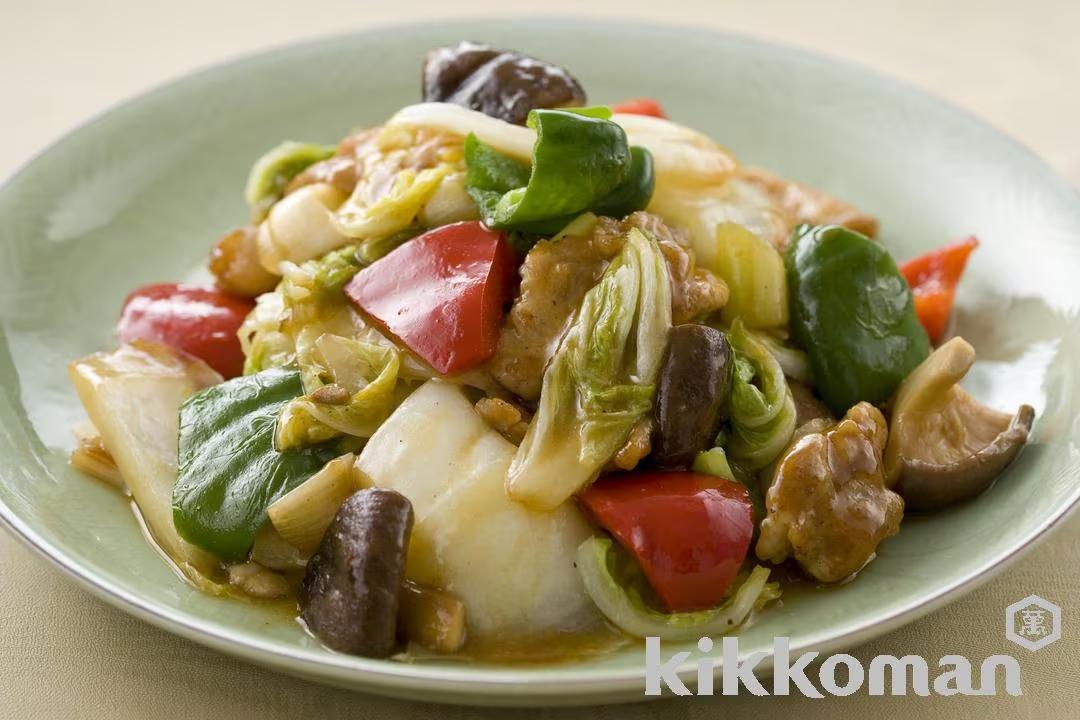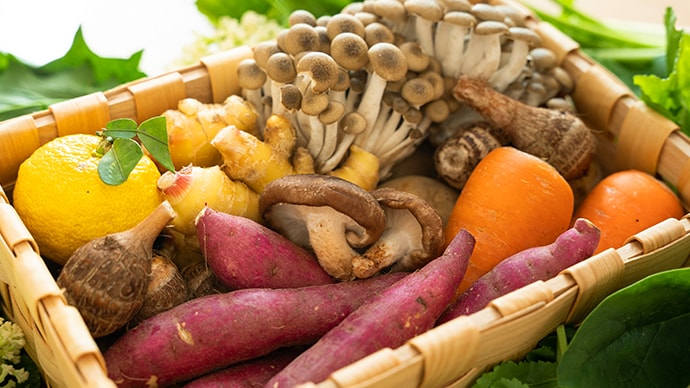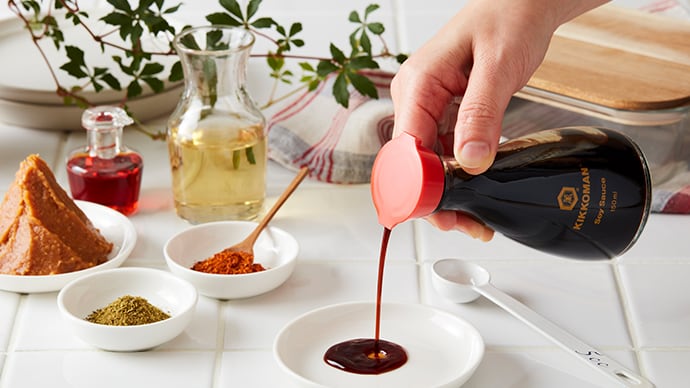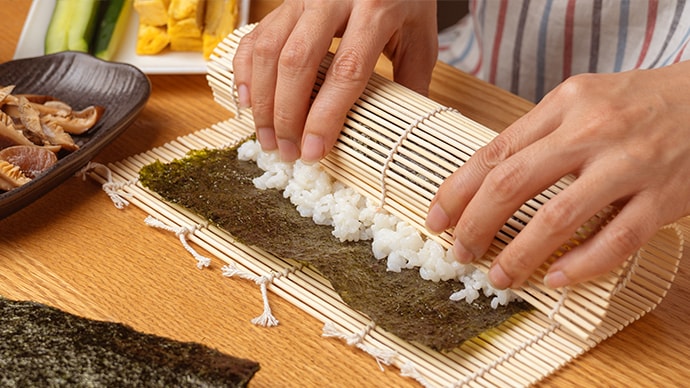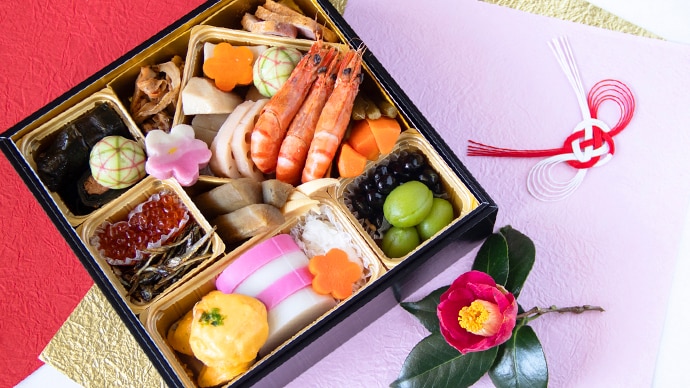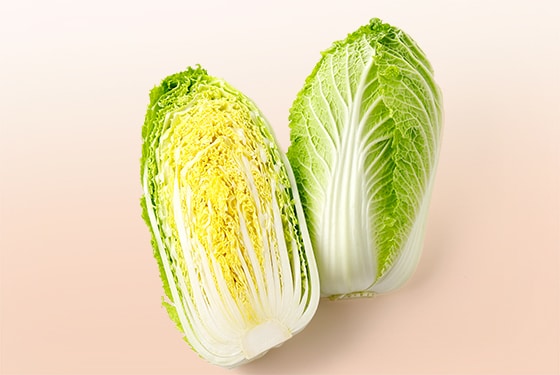
Leafy greens with a light flavor used in a wide range of dishes as nabe”hot pot”, stir-fries, soups, and "tsukemono" (Japanese pickled vegetables)
What is hakusai?
Hakusai / napa cabbage/ Chiniese cabbage (白菜 in Japanese) is a leafy green vegetable in season during winter in the northern hemisphere. Hakusai is used in a wide variety of dishes, such as nabe”hot pot”, stir-fries, soups, and even in pickled Japanese vegetables. The big, light yellow-green leaves contain a lot of water, and have a faint sweetness when eaten fresh. Called "hakusai" in Japanese, they're known as "napa cabbage" or "Chinese cabbage" in English among other names.
Nutrition facts
Hakusai is high in water, low in calories, and is rich in potassium, which flushes sodium from the body and is effective in preventing and improving high blood pressure. It is also rich in folic acid, which helps with cell production and repair and is an important nutrient, especially for pregnant women. Hakusai contains vitamin K as well - which is involved in blood clotting and bone health, strengthens bones and helps prevent anemia - and vitamin C, which strengthens immunity.
Over time, hakusai may develop black spots, but this is due to the antioxidant polyphenols turning black, not spoilage.
The nutritional assets of hakusai are particularly effective when eaten with foods rich in calcium and vitamin D, so it serves as a good accompaniment to fish dishes. As it contains vitamin C, hakusai can be made into a soup and eaten together with the dissolved vitamin C, or made into a thick sauce to accompany stir-fry dishes.
Storage to prevent food loss
A whole head of hakusai can keep for 2~3 weeks when wrapped in paper and stored in a cool, dark place, except during the hottest times of the year.
Related Recipes
15min
334kcal
512mg


